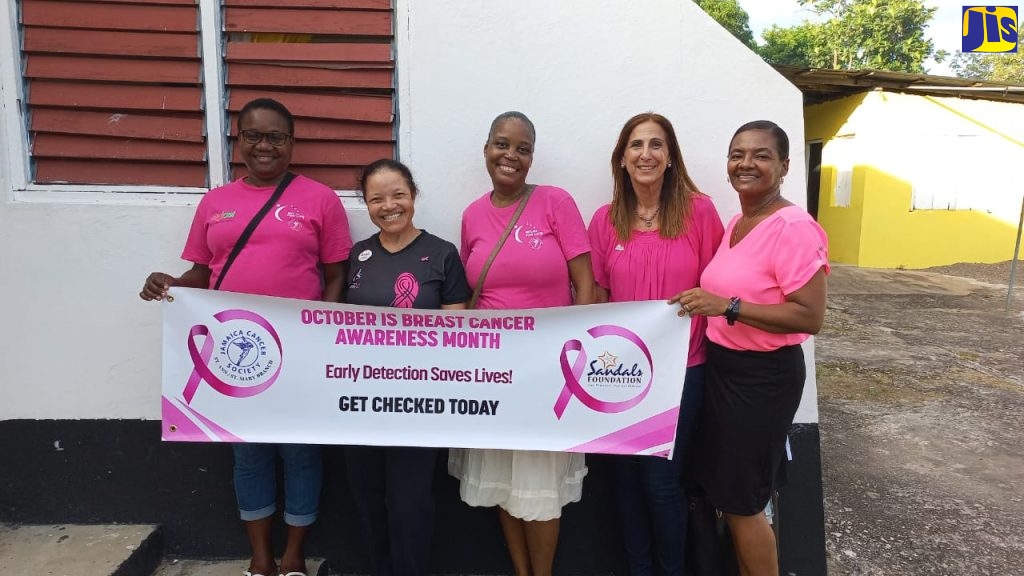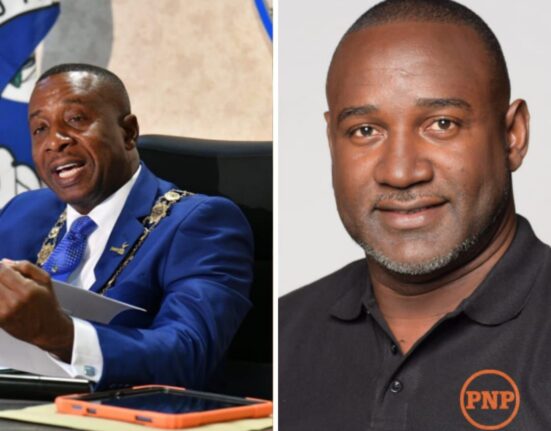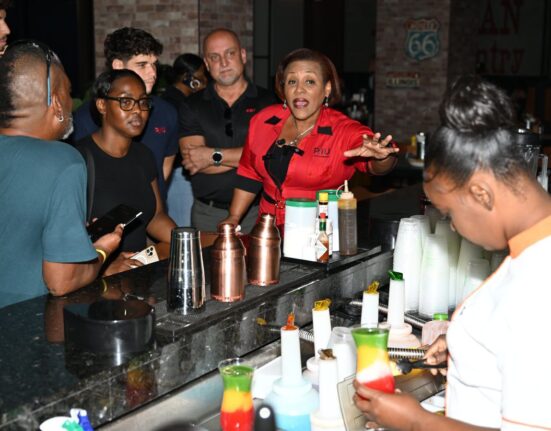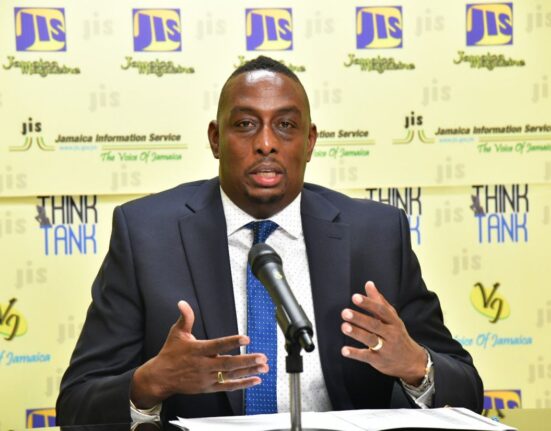
While breast cancer is most often found in women, local health officials are warning that men are also susceptible to the disease.
Health officials say even though the illness is the leading cause of cancer deaths among women, where it has alarmingly worsened from 56.8 to 66.9 per 100,000 women over the years, men, too, need to be cognisant of early warning signs.
“The tendency is to focus on women, but men too are at risk in getting breast cancer,” explained General Surgeon, Dr Shakera Guyah, who is stationed at the St Ann’s Bay Hospital.
Guyah, who was one of the main speakers at a recent Sandals Foundation-sponsored breast cancer awareness forum, held at the Shiloh Apostolic Church, in Stewart Town, St Mary, said men should also be on the alert as it relates to early detection, as the warning signs are similar to those of women.
She said it is natural that some men will feel immune, falsely believing that it is merely a female problem, ignoring the signs until it is, unfortunately, too late for anything meaningful to be done.
“It is important that if you feel any abnormalities as a man, it is not to be ignored. Go immediately to seek that medical attention to make sure it’s not something significant like breast cancer. It could at first feel like a lump and the gradual progression is similar to females,” Guyah pointed out.
“God forbid if the signs are real and are being ignored. What would happen is that it [the cancer] would just get larger and then it starts spreading beyond the breasts to other areas of the body. There is really no substitute for early detection, which is the best remedy we know for saving lives,” she said.
About one out of every 100 breast cancers diagnosed in the United States is found in a man. But, while in countries like Jamaica, where it is believed that one out of every 1,000 men is at risk, Dr Guyah believes the number could be deceptively higher.
Cancer cells begin in the ducts and then grow outside the ducts into other parts of the breast tissue. The early signs are a lump or swelling in the breast, redness or flaky skin in the breast, nipple discharge, and pulling in of the nipple or pain in the nipple area.
For her part, Senior Medical Officer at the St Ann’s Bay Hospital, Dr Tanya Hamilton, believes that one of the major problems is that breast cancer in men is often diagnosed later than breast cancer in women, adding that this may be because men are less likely to be suspicious of something strange in their breast area.
She said studies have shown that men tend to delay going to the doctor until they have more severe symptoms, where at that point the cancer may have spread.
Hamilton said the same techniques that are used to diagnose breast cancer in women are used in men, such as physical examinations, mammography, and biopsies.
“Treatments for men and women are generally the same. Many men benefit from a combination of treatments, such as surgery. However, the typical treatment for men is a mastectomy, in which the entire breast is removed,” she noted.





